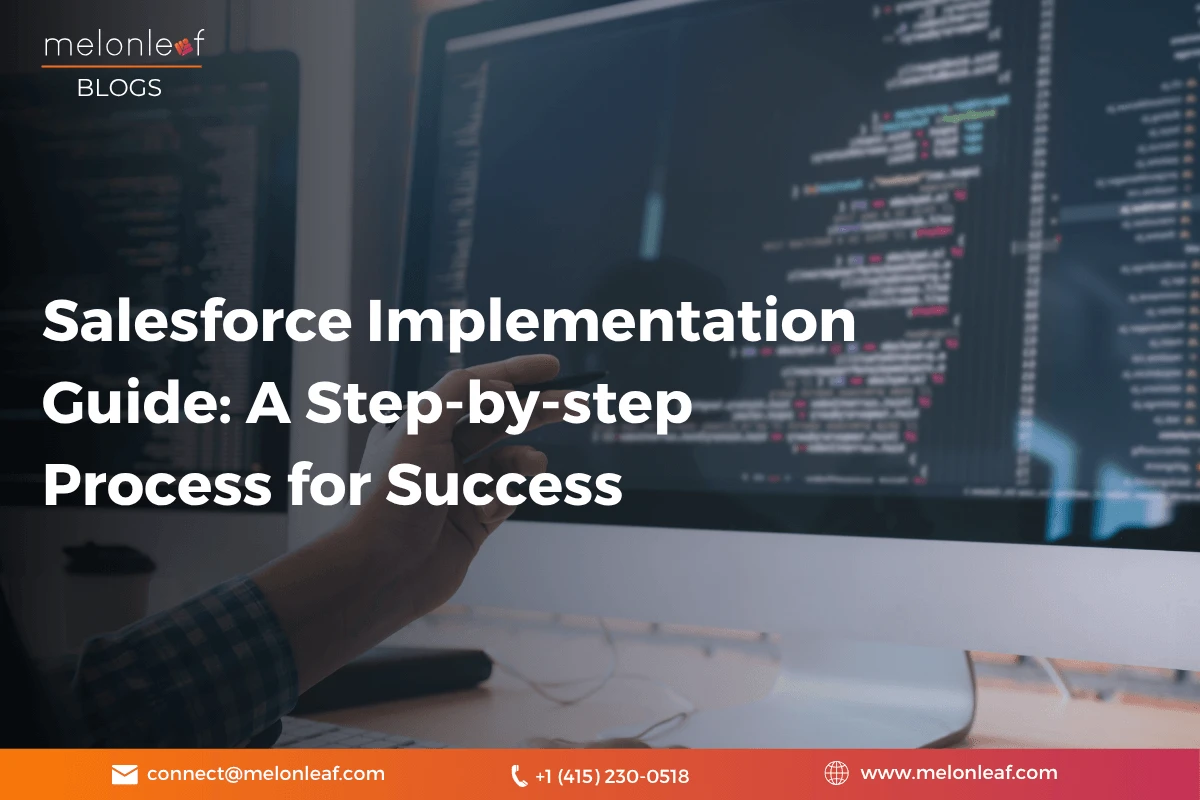Planning is crucial to a successful Salesforce implementation. Without a clear roadmap, businesses risk underutilizing the platform or facing deployment challenges. A well-structured plan makes sure of a smooth Salesforce implementation. Here are the key steps:
Define Business Goals
Identify specific objectives such as improving lead conversion rates, automating customer service, or enhancing sales forecasting.
Involve Key Stakeholders
Engage sales, marketing, customer support, and IT teams to align the CRM with business needs.
Analyze Current Processes
Audit existing workflows and data management practices to identify gaps and inefficiencies.
Select the Right Salesforce Edition
Choose an edition that meets your business requirements without unnecessary costs.
Create an Implementation Timeline
Set realistic milestones for deployment, customization, testing, and training.




